Carpet and flooring store in Laurelville, Ohio
Hardwood
Hardwood certainly answers the need for beauty in your home.
The elegant look of a hardwood floor can add warmth and character to any room.
In fact, the natural characteristics of wood add depth and a visual appearance that many other types of floors can only try to duplicate.
Rich, inviting hardwood floors are not only beautiful to live with, they’re easy to care for, and can add value to your home at resale time.
Plus, today, hardwood types, options and applications are more diverse and delightful than ever.
As the consumer demand for hardwood floors has grown, so has the manufacturer’s ability to produce better quality finishes and superior construction techniques.
The result of those advancements is that wood floors can now be installed throughout the home and over a wide variety of subfloors.
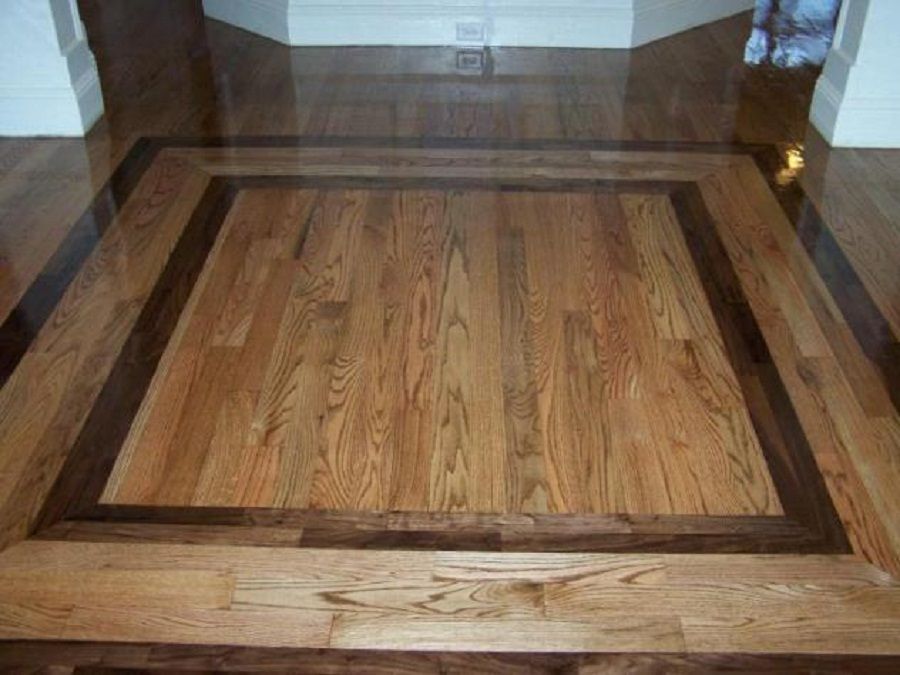
Knowing how hardwood is constructed provides you with an understanding of the hardwood floor right from its beginning.
That’s important information because these are the materials you’ll be living with and walking on for years to come should you choose this flooring product.
Knowing the different types that make up various hardwood floors also helps you understand and evaluate their performance aspects: why certain hardwoods are easier to install, why some wear better, longer, and why others are easier to replace.
The most common wood species used for solid strip floors are red oak, white oak, maple, cherry, white ash, hickory or pecan.
And the three common types of wood floors are Solid, Engineered and Longstrip Plank.
Solid Hardwood
Solid wood floors are one solid piece of wood that have tongue and groove sides. When we talk about solid wood floors, we tend to think of floors that are unfinished, but it’s important to know that there are also many pre-finished 3/4” solid wood floors.
And you should also be aware of the moisture factor.
Solid wood floors are sensitive to moisture and because so they are used in nail down installations and are not recommended for installation below ground level, or directly over a concrete slab.
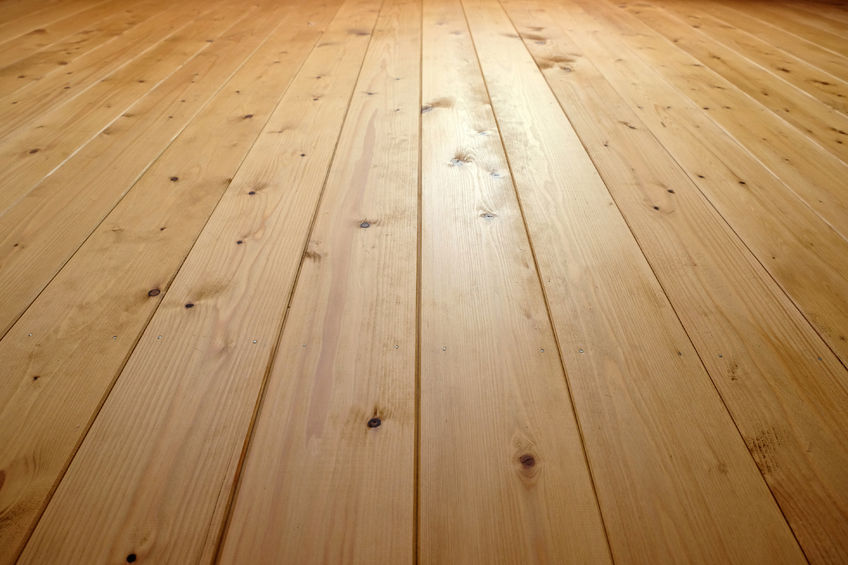
Engineered Wood
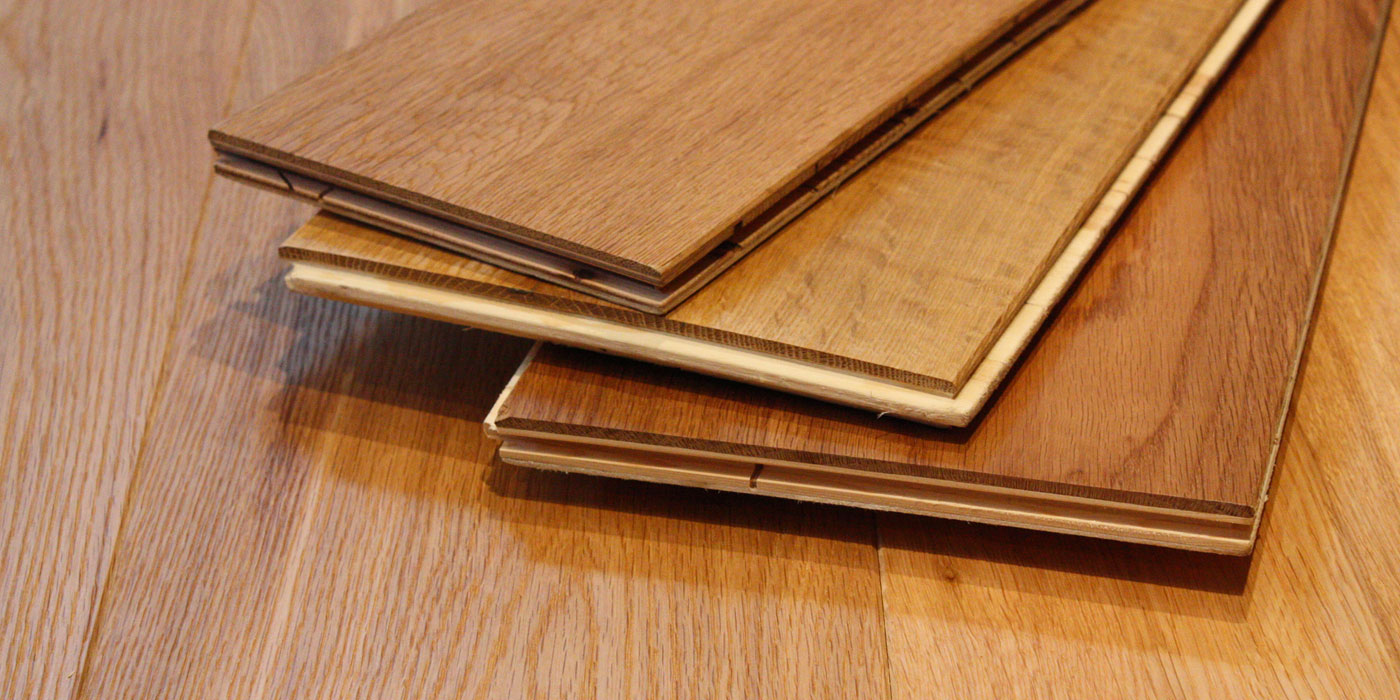
Engineered wood floors are generally manufactured with 2, 3, or 5 thin sheets or plies of wood that are laminated together to form one plank.
These wood plies are stacked on top of each other but in the opposite directions. This is called cross-ply construction which creates a wood floor that is dimensionally stable and less affected by moisture than a 3/4” solid wood floor.
The other advantage for you is versatility. You can install these floors over concrete slabs in your basement as well as anywhere else in you home.
Most engineered floors can be nailed down, stapled down, glued down, or floated over a wide variety of subfloors, including some types of existing flooring.
Longstrip
Longstrip plank floors are similar to engineered floors and have several wood plies that are glued together.
The center core is generally a softer wood material and is used to make the tongue and groove. A hardwood finish layer is glued on top of the core.
The top layer can be almost any hardwood species and is made up of many smaller individual pieces that are laid in three rows.
Longstrip planks are approximately 86″ in length and 7 1/2″ in width. They generally have between 17 and 35 pieces that make up the top layer of each board.
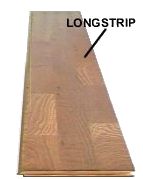
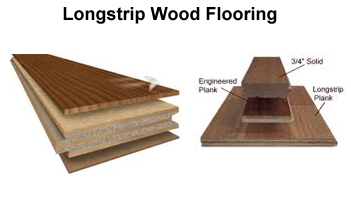
This gives the effect of installing a board that is 3 rows wide and several planks long. Each longstrip plank looks like an entire section that has already been pre-assembled for you. This alone can create a unique look all your own.
Longstrip planks are designed for the floating installation, but most can also be glued-down, or stapled down. Because these floors can be floated they are extremely versatile – they can go over a wide variety of subfloors and on any grade level.
Like engineered floors, longstrip floors come in a wide variety of domestic and exotic hardwood species.
Longstrip plank floors have another advantage. When damaged, they are easy to replace. That can be an important consideration for active homes.